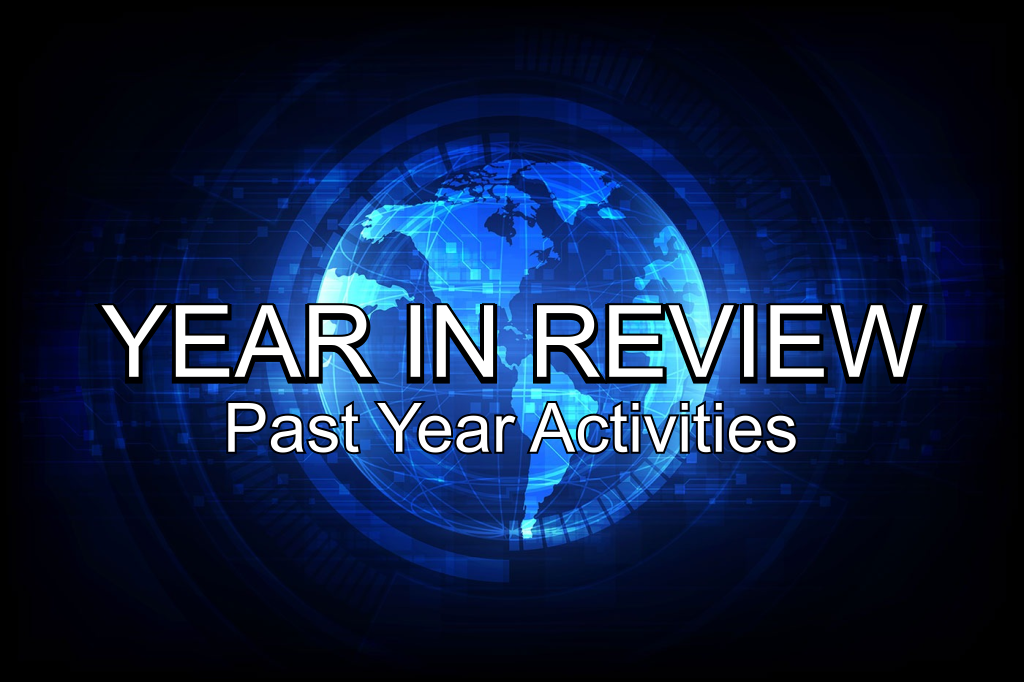COLLISION AVOIDANCE: HELP URGENTLY NEEDED
Let me begin with a quote worth repeating — “Do we really need to wait for a catastrophe before taking action against GNSS vulnerabilities ?” — and follow with an extension of scope beyond.
It’s encouraging to see LinkedIn discussions recognizing ADSB limitations that preclude dependable collision avoidance capability – but that recognition needs to be far more widespread. The limitations are both severe and multifaceted including, in addition to vulnerability from inadequate security,
* accuracy goals based on present position instead of the monumentally more important relative velocity — ADSB allows 10 meter/sec velocity error (!), without characterization as vectorial or relative or probabilistic.
* the glaring but near-universal flaw of sharing coordinates, thereby failing to exploit what made differential operation spectacularly successful: work with individual measurements separately.
Note that these deficiencies existed long before the emergence of unmanned vehicles. The need to correct them is as fundamental as it is urgent. I’ve communicated these concerns over and over, most recently receiving a gratifying response from my June 11 presentation to the satnav National Advisory Board , with details available from URLs at the end.
In that presentation I cited a successful flight validation achieving accuracy on the order of cm/sec, for the crucially important relative velocity between vehicles that can be on or near a collision course. That is a thousand times less error than the 10 meter/sec allowed by ADSB. Furthermore, reduction by a thousand in each of two directions translates into a million times less area of uncertainty. To realize this crucial safety improvement no new discoveries are needed and no new equipment needs to be invented; only the content of transmitted data needs to change: measurements rather than coordinates. Yet usage of the method is not being planned. After initially proposed before 2000, a limited support program started circa 2010 is the only step taken toward this direction.
No claim is made that the last word has been spoken or that introduction of the needed modifications — nor accompanying regulation — would be trivial. The intent here is not criticism and complaints for the sake of criticism and complaints. Emphasizing unwelcome reality always caries risk of drawing wrath. Nevertheless, especially now with growing usage of unmanned vehicles, sounding an alarm is better than passively waiting for a calamity. So here’s an alarm: Inadequate preparation for collision avoidance is a microcosm of a much wider overall flaw in today’s decision-making process. For years substantial numbers of qualified people have spent extensive effort trying to prevent cataclysmic failures in one area or another involving PNT (position/navigation/timing). They definitely deserve attention and action.
Anything approaching a thorough compilation of worthy advocacy would require considerable length; just a few recent examples are cited here. Explanations tracing inaction to current shortcomings can logically include a diagnosis of dissatisfaction expressed at a pinnacle of authority within DoD . An even more current offering is only the latest expression of regret over insufficient support for satnav, describing a highly relevant chain of inaction over a multiyear period. Near the beginning of that period, a cover story for Coordinates magazine repeated a quote from the previous month’s cover story The quote worth repeating, cited at the start of this, is a perfect expression of the frustration prevalent over a decade following the universally acclaimed 2001 Volpe report. Now, almost a decade-and-a-half after that report, partial progress toward a solution coexists with minimal progress toward collision avoidance — while unmanned vehicles are already threatening passenger flight safety. Now to extend the quote: “Do we really need to wait for a catastrophe before making better use of measurements — GNSS or otherwise — to prevent collisions in the presence of increased manned and unmanned traffic?”










